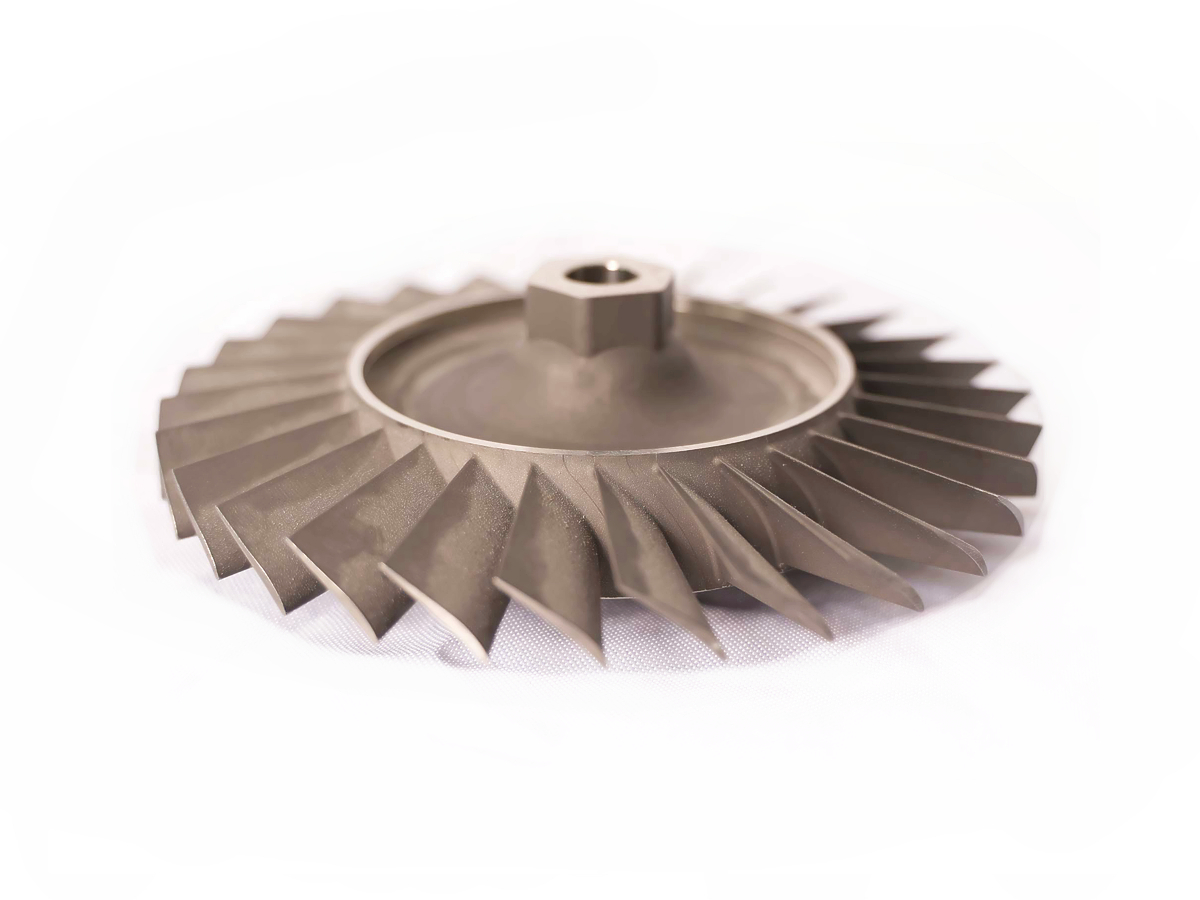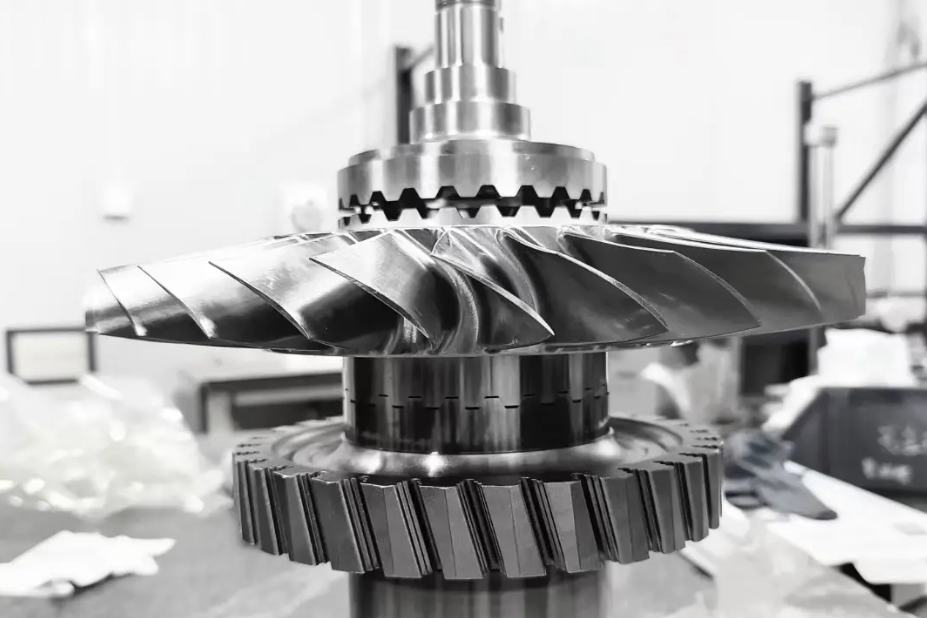What surface prep steps are needed before applying a reliable TBC system?
From a surface engineering and quality assurance perspective, preparing a superalloy substrate prior to Thermal Barrier Coating (TBC) application is arguably more critical than the coating process itself. Contamination, poor morphology, or subsurface damage from preparation will inevitably lead to premature TBC failure, regardless of coating quality. The procedure is a multi-stage, rigorously controlled sequence designed to ensure perfect adhesion and long-term stability of the entire coating system.
Critical Surface Preparation Steps
1. Degreasing and Chemical Cleaning
This initial step removes all organic contaminants, oils, and residues from the manufacturing process, including those from CNC machining and handling.
Process: Involves vapor degreasing, alkaline cleaning, or ultrasonic cleaning in specialized solvents.
Rationale: Any hydrocarbon residue creates a weak boundary layer, preventing intimate metallic contact for the bond coat and acting as a source of voids and spallation initiation points.
2. Mechanical Surface Activation (Grit Blasting)
This is a fundamental step to create the optimal surface topography for mechanical interlocking (keying) of the coating.
Process: The component is blasted with specific, sharp-edged media (typically alumina grit) at a controlled pressure and angle. This process is defined by standards to achieve a specific Surface Roughness (Ra), typically in the range of 3-5 micrometers (120-200 microinches).
Rationale: The roughened surface dramatically increases the surface area for bonding and creates undercuts that provide mechanical anchorage for the subsequently applied bond coat. It also work-hardens the near-surface layer, which can be beneficial. The process must be controlled to avoid embedding media or creating excessive cold work that could be detrimental.
3. Final Chemical Cleaning and De-oxidation
Following grit blasting, a second, more precise chemical cleaning is essential.
Process: This often involves an acid etch or chemical desmutting process to remove any remaining microscopic contaminants, embedded blasting media, and the nascent oxide layer that formed after blasting.
Rationale: Grit blasting exposes fresh, highly active metal that immediately begins to oxidize. This new, poorly adherent "native" oxide must be removed immediately before the bond coat application to ensure a metallurgically clean surface. For nickel-based superalloys like Inconel 718, this often involves a low-acidity de-oxidizing treatment.
4. Application of the Bond Coat
While the bond coat is part of the coating system, its application is the final and most critical step of surface preparation for the ceramic top coat.
Process: The bond coat (typically an MCrAlY alloy or a diffusion aluminide) is applied via a controlled process such as Vacuum Plasma Spray (VPS) or Electron Beam Physical Vapor Deposition (EB-PVD).
Rationale: This layer serves two primary functions: 1) It provides oxidation resistance by forming a stable, slow-growing Al₂O₃ scale (the TGO), and 2) It mitigates the thermal expansion mismatch between the metal substrate and the ceramic top coat. The bond coat must be applied in a clean, oxygen-free environment (vacuum or inert gas) to prevent the formation of less stable oxides during deposition.
5. Surface Activation of the Bond Coat (Optional but Critical)
Before applying the YSZ top coat, the bond coat surface may undergo a final conditioning step.
Process: A very light grit blast or a controlled heat treatment to slightly roughen the bond coat surface and ensure it is in an optimal chemical state for TBC adhesion.
Rationale: This promotes a uniform, fine-scale roughness on the bond coat, further enhancing the mechanical keying for the top coat and ensuring a consistent nucleation surface for the TGO.
Engineering and Quality Control Considerations
Material Specificity: The exact cleaning chemicals and etching parameters are tailored to the specific superalloy substrate to avoid selective etching or pitting of critical phases.
Process Validation and Traceability: Each step must be documented and validated. For aerospace components, this is governed by stringent standards like NADCAP. The grit blasting media lot, cleanliness, and process parameters are all recorded for traceability.
Time-Critical Operations: The window between the final cleaning step and the bond coat application (especially for VPS/EB-PVD) is minimized—often to just hours—to prevent re-oxidation of the meticulously prepared surface.
Pre-Coating Inspection: The substrate is rigorously inspected after preparation using visual, dimensional, and sometimes penetrant methods to verify the absence of defects, adequate roughness, and surface cleanliness before it enters the coating chamber.



